Getting Started with Waxing Sensitive Areas
If you’re considering waxing sensitive areas, you’re not alone! Many people are drawn to this method for its long-lasting results and smooth finish. However, it’s crucial to approach waxing with care. Sensitive areas—inclusive of the bikini line, underarms, and face—require special attention and a gentle touch.
Waxing can provide benefits that other hair removal methods may lack. For instance, unlike shaving, which can cause irritation and ingrown hairs, waxing removes hair from the root. This means less frequent touch-ups, leaving your skin looking silky for weeks!
In this guide, you’ll learn what to expect during a waxing session, how to prepare, the best techniques to use, and essential post-care tips. With the right knowledge and approach, you can enjoy smooth, hair-free skin while minimizing discomfort. Let’s dive in!




Discover the Ultimate Hard Wax for Coarse Hair & Sensitive Skin | Unboxing & Review of the Best Bikini Wax Kit
Understanding Waxing and Sensitive AreasWhen it comes to waxing, not all areas of your body are created equal—especially when it involves sensitive areas like the bikini line, underarms, and face. These regions often have thinner skin and a higher concentration of nerve endings, making them more prone to irritation during hair removal. Understanding your skin’s sensitivity is crucial to achieving the best results without unnecessary pain.
Common Sensitive Areas for Waxing
- Bikini Line: This area is notorious for being sensitive due to delicate skin as well as varied hair textures and thicknesses. Waxing here can result in smooth skin but may also lead to discomfort if not done properly.
- Underarms: The skin under your arms is often finer and more vulnerable to irritation, making it essential to choose a gentle wax and technique when tackling unwanted hair.
- Face: Facial waxing is popular for shaping brows and removing other fine hairs. Since the skin on your face is thinner and can be more reactive, extra care is needed to prevent redness, bumps, or other reactions.
Why Some Areas Are More Sensitive
The sensitivity of these areas boils down to their anatomical differences. Thinner skin, fewer layers of protection, and a rich network of nerve endings all play a part. Moreover, environmental factors such as sweat, friction from clothing, and exposure to irritants can exacerbate sensitivity, leading to adverse reactions like rashes or bumps post-waxing.
Choosing the Right Wax
It’s essential to select a wax that caters specifically to sensitive areas. Hard wax is typically recommended for delicate skin because it adheres better to hair rather than skin, reducing pain during the pull. Alternatively, strip wax, while effective, can sometimes be too harsh for sensitive areas; if you choose this method, look for strip wax that is specially formulated for sensitive skin.
For an easy, at-home experience, consider products like Veet Sugar Wax Strips for Easy Hair Removal. These strips are designed for gentle application, making them ideal for sensitive areas.
Keeping these considerations in mind helps prepare you mentally and physically for your waxing session. Once you understand the unique needs of your sensitive areas, you’re better equipped to navigate the waxing process effectively—and smoothly! Next, we’ll explore how to prepare for your waxing session to ensure the best outcome.
Preparing for Your Waxing SessionPreparation is key for a successful waxing experience, especially when targeting sensitive areas. A bit of pre-waxing care can make a world of difference by reducing potential pain and irritation. Let’s walk through the essential steps you can take to prepare for your session.
Exfoliate Beforehand
Gentle exfoliation is a crucial step in your pre-wax routine. By removing dead skin cells, you not only promote smoother skin but also help to prevent ingrown hairs. Aim to exfoliate the night before your waxing appointment. You can use a soft body scrub or an exfoliating glove; just remember to be gentle, particularly on sensitive areas.
Moisturize Your Skin
Keeping your skin hydrated is equally important. On the day of your waxing, apply a light moisturizer to soothe and prep your skin. However, avoid heavy creams or oils; these can create a barrier that hinders the wax’s ability to properly grip the hair.
Timing Matters
Consider when you schedule your waxing appointment. For instance, it’s best to steer clear of your waxing session during your menstrual period, as hormonal fluctuations can increase sensitivity. Additionally, aim for a time when you’re relaxed and not rushed—this helps take the edge off those pre-wax nerves.
Choosing the Right Waxing Method
Choosing the appropriate waxing method based on your sensitivity is essential. For delicate skin, hard wax is often recommended because it adheres better to the hair and not the skin, minimizing discomfort during removal.
For at-home waxing enthusiasts, you might consider using products like:
This wax is specifically designed for sensitive areas, ensuring a gentle yet effective waxing experience.
Stay Away from Certain Activities
In the hours leading up to your appointment, consider avoiding activities that could irritate your skin. This includes hot baths, intense workouts, or sun exposure. These can cause redness and sensitivity, making waxing more uncomfortable.
By following these simple preparatory steps, you’ll set yourself up for a more comfortable and effective waxing experience. With your skin prepped and primed for waxing, you’re ready to move on to the next step: choosing the right waxing method that suits your skin type.
Choosing the Right Waxing MethodWhen it comes to waxing sensitive areas, the method you choose can significantly impact your experience and results. Not all waxing techniques are created equal; some are gentler than others, and understanding these differences can help you make the right choice for your delicate skin.
Hard Wax vs. Soft Wax
Let’s break down the two primary types of wax you might encounter:
1. Hard Wax
Hard wax is often the go-to choice for sensitive areas. It’s applied warm and then hardens on the skin, which allows it to grip the hairs while minimizing contact with the skin itself. This can greatly reduce pain and irritation.
Pros of Hard Wax:
- Gentle on Skin: Adheres primarily to the hair, not the skin.
- Easier to Remove: Since it hardens, it can be pulled away without needing a cloth strip, making it less abrasive.
- Less Risk of Irritation: Perfect for areas like the bikini line, underarms, and face.
Recommended Products: For at-home use, consider the KoluaWax Premium Waxing Kit for Home Use. This kit provides everything you’ll need to effectively and safely wax sensitive areas in the comfort of your home.
2. Soft Wax
Soft wax, often called strip wax, is spread over the skin, covered with a cloth or paper strip, and then pulled off in the opposite direction of hair growth. While it can be effective for larger areas, it may be too harsh for sensitive skin.
Pros of Soft Wax:
- Fast Application: Covers larger areas quickly, making it great for legs or arms.
- Efficient for Coarse Hair: Removes fine hair beautifully.
Cons:
- Potential for Irritation: Can remove some layers of skin along with the hair, leading to more discomfort.
Professional vs. DIY
Now, you might wonder whether to take the plunge and book a professional waxing service or try doing it yourself at home. If you’re new to waxing, especially in sensitive areas, you might find a professional aesthetician’s expertise beneficial. They can assess your skin’s sensitivity and choose the best approach tailored to you.
On the other hand, if you’re feeling confident and opt for the DIY route, ensure your kit includes quality wax and proper tools. Always follow the instructions carefully and do a patch test to avoid any severe reactions.
Ultimately, the choice between professional waxing or a DIY method depends on your comfort level and the resources available to you.
As you assess your waxing method, prepare for the crucial post-care strategies that will keep your sensitive skin healthy and happy after treatment!
Post-Waxing Care for Sensitive SkinAfter waxing, especially in sensitive areas, taking care of your skin is essential to prevent irritation and ensure smooth results. Proper aftercare helps soothe your skin, reduce redness, and promote healing. Here are some tips and recommendations for post-waxing care that every first-timer should know.
Soothe with Cooling Products
Immediately after your waxing session, your skin might feel hot or irritated. Using a soothing gel or cream can help calm redness and provide relief. Look for products that contain natural ingredients known for their calming properties, such as aloe vera, chamomile, or calendula.
One excellent option is the Satin Smooth Aloe Vera Gel for Post-Wax Care, which is formulated to soothe and repair skin after waxing. It’s lightweight, absorbs quickly, and helps reduce inflammation while moisturizing your skin.
Keep It Clean
Maintaining cleanliness is vital in the days following your waxing session. Gently cleanse the waxed areas with a mild, fragrance-free soap. Avoid products that contain harsh ingredients or alcohol, as these can irritate the skin further. After cleansing, gently pat your skin dry with a soft towel—no scrubbing!
Hydration is Key
After waxing, it’s important to keep your skin hydrated to promote healing and maintain its softness. Apply a light, hydrating lotion or body oil regularly to lock in moisture. Opt for products that are hypoallergenic and fragrance-free, as they are less likely to cause irritation.
Avoid Certain Activities
To give your skin the best chance to recover, avoid activities that could exacerbate irritation for at least 24-48 hours. These include:
- Hot Baths: Instead, consider taking lukewarm showers.
- Intense Workouts: Sweating can lead to irritation and clogged pores.
- Saunas or Hot Tubs: Steer clear of high heat and humidity.
- Sun Exposure: Protect your skin from UV rays, as it can be particularly sensitive post-waxing. Always apply sunscreen if you need to be outdoors.
Pay Attention to Your Skin
Monitor how your skin reacts after waxing. It’s not uncommon to experience slight redness or irritation for a short period, but if you notice severe discomfort, pain, or signs of infection like swelling, blisters, or persistent redness, it may be wise to consult a professional.
Avoid Exfoliation Immediately
Although exfoliating is important in your pre-wax routine, hold off on scrubbing the freshly waxed area for at least 48 hours post-treatment. This measure is to allow your skin to recover without any extra trauma.
With proper post-waxing care, you can enjoy the smooth results of your hard work and minimize any potential discomfort. As you focus on maintaining healthy skin after your waxing session, let’s now tackle common mistakes and safety warnings to further refine your waxing experience.
Common Mistakes and Safety WarningsWaxing sensitive areas can be tricky, and it’s all too easy to make a few blunders. Understanding these common mistakes and essential safety warnings will not only improve your waxing experience but will also minimize irritation and ensure better results. Let’s dive in.
Skipping Patch Testing
One of the first steps you might overlook is patch testing. Before you dedicate yourself to waxing an entire area, it’s crucial to test the wax on a small patch of skin. This quick test can reveal how your skin reacts to the wax and help prevent severe irritation or allergic reactions. It’s a simple safety step that can save you a lot of discomfort.
Ignoring Hair Length
For effective waxing, hair length matters! Ideally, hair should be about ¼ inch long for the best results. If it’s too short, the wax won’t grip the hair effectively, leading to an incomplete session. Conversely, if it’s too long, the process may be more painful than necessary. Trim if needed, but avoid shaving prior to your appointment; shaved hair may not yield the best results.
Overheating the Wax
If you’re waxing at home, be cautious with the wax temperature. Overheated wax can burn your skin, especially in sensitive areas. Always follow the manufacturer’s instructions for heating and test the wax on a small area of your skin before applying it to larger patches. Remember, safety first!
Not Following Aftercare Instructions
Aftercare is as crucial as the waxing process itself. Neglecting to follow proper aftercare can lead to irritation, ingrown hairs, or infection. Avoid hot showers, sun exposure, and heavy workouts right after waxing, as these can all aggravate sensitive skin. Stick to gentle care routines to help your skin recover successfully.
Using the Wrong Wax Type
Selecting the wrong type of wax can lead to multiple issues. For instance, using soft wax on sensitive areas like the bikini line may cause more pain and irritation. Instead, opt for hard wax, which is specifically designed for delicate areas. If you’re new to home waxing, consider starting with a beginner-friendly kit such as the Tress Wellness Brazilian Waxing Kit which provides a gentler approach and convenient instructions.
Armed with Knowledge and Caution
By sidestepping these common mistakes, you can approach waxing sensitive areas with confidence. Remember these safety warnings as you prepare for your next session; your skin will thank you for it!
As you take on the challenges of waxing, it’s time to embrace what’s next: your final thoughts on navigating the delicate practice of waxing sensitive areas effectively and safely.
Final Thoughts on Waxing Sensitive Areas
In conclusion, waxing sensitive areas requires careful consideration and preparation to ensure the best results while minimizing discomfort. Remember to understand your skin type, choose the right waxing method, and follow proper post-waxing care. By taking these steps, you can enhance your waxing experience and achieve smooth, hair-free skin with confidence.
Don’t forget to stay aware of your body’s reactions and adjust your techniques as needed. If you’re new to waxing, take your time and perhaps even consult a professional. Your skin deserves attention and care, so embrace the process and enjoy the freedom of smooth skin. Happy waxing!


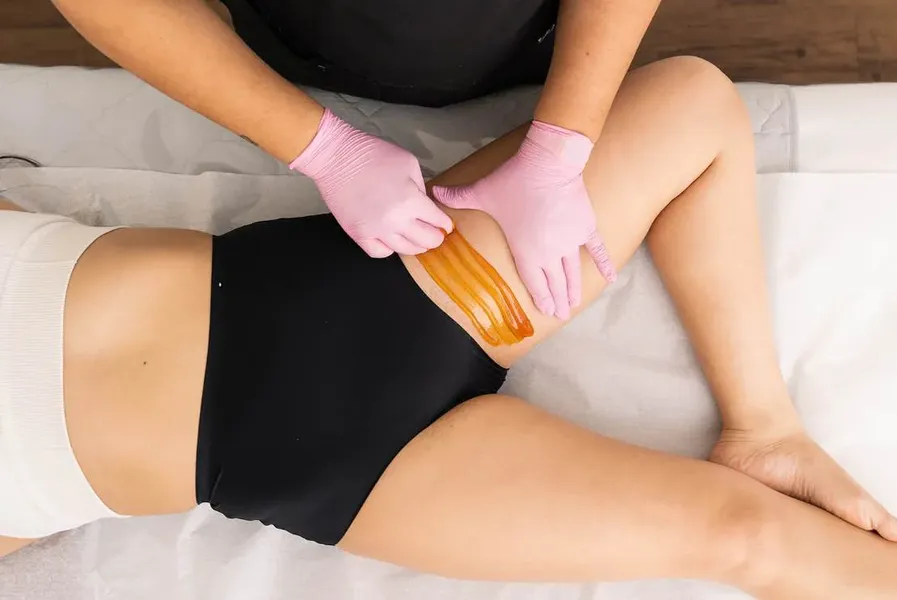



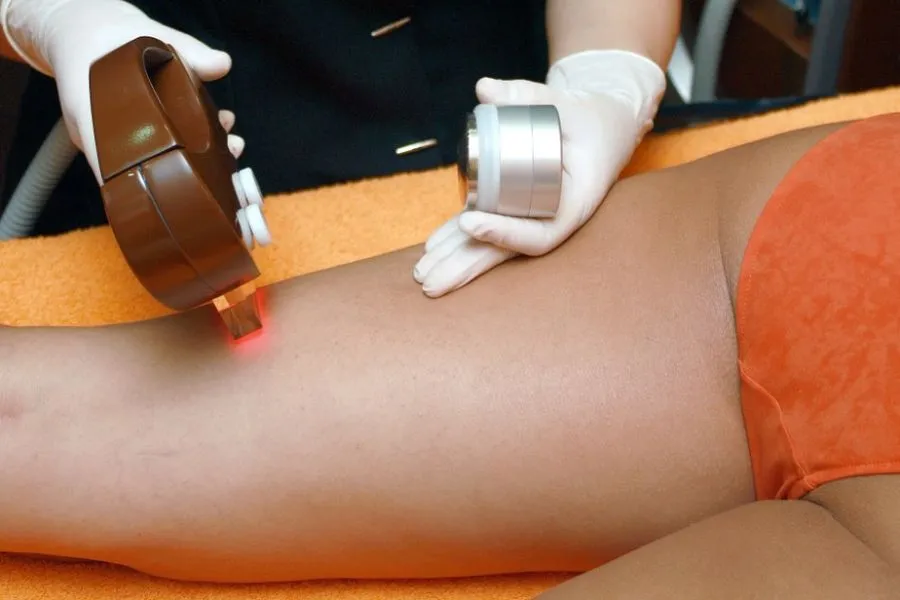
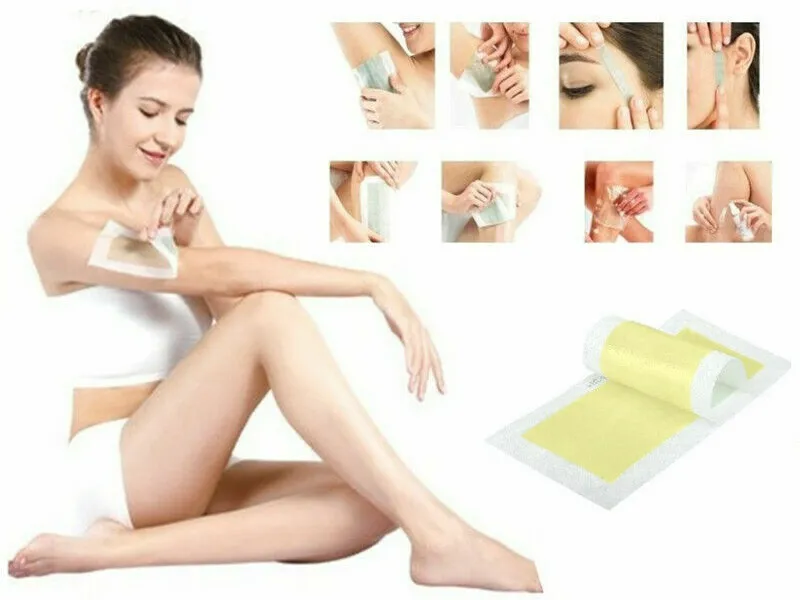
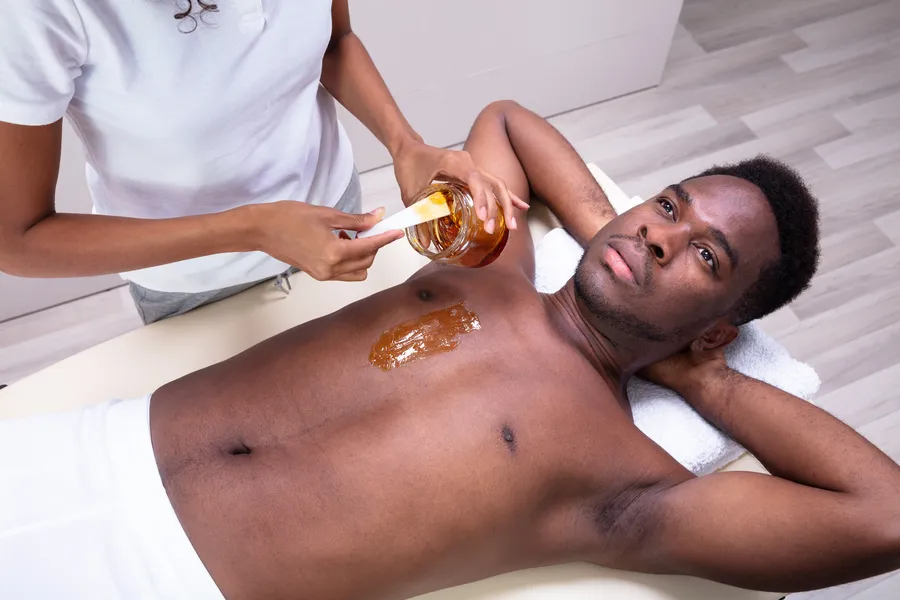
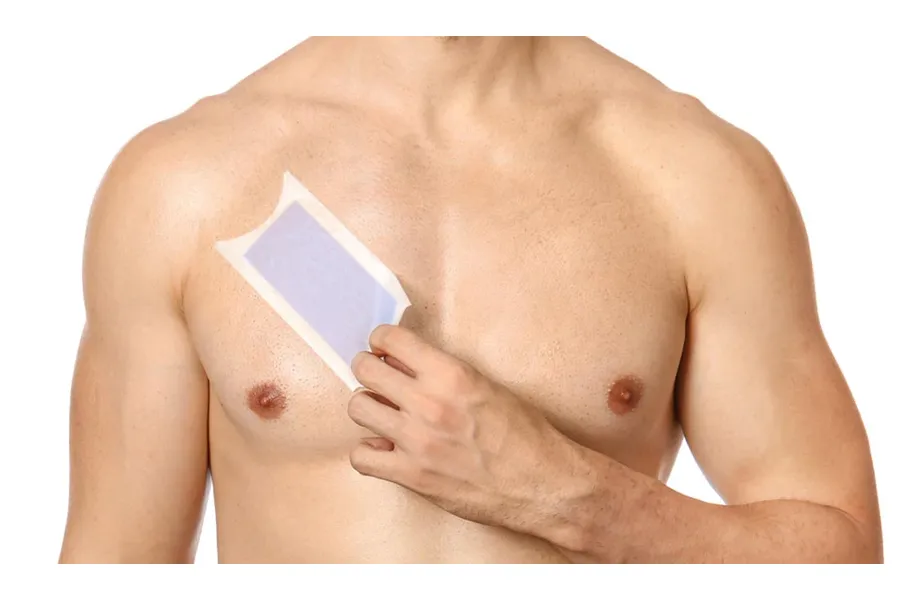
I find the tips in this article super helpful, especially about prepping for waxing. Never thought about scrubbing beforehand! I’m going to buy the Ajoura Refill Wax Beans to try at home. Anyone else use them?
I absolutely love the Ajoura beans! They’ve been a game changer for me. Just be careful with the temperature, it can get hot quick!
Thanks @Emma Patel! I’ll definitely keep an eye on that. What do you use afterward? Any special creams?
I’m kind of old school; I just stick with shaving. Waxing seems like a lot of work! Has anyone found it’s actually worth it? Beyond the annoyance of feeling like a pincushion?
@Sophia Reed Fair enough! Maybe I’ll give it a shot with those Ajoura beans. Can’t hurt to try!
It can be a pain at first, but many find it’s worth it for longer-lasting results! Shaving can give you stubble in a day.
I used to think that way, but once you get used to waxing, there’s no going back! I love the smoothness!